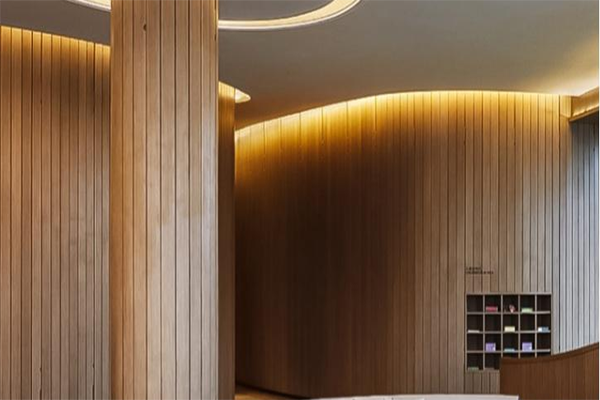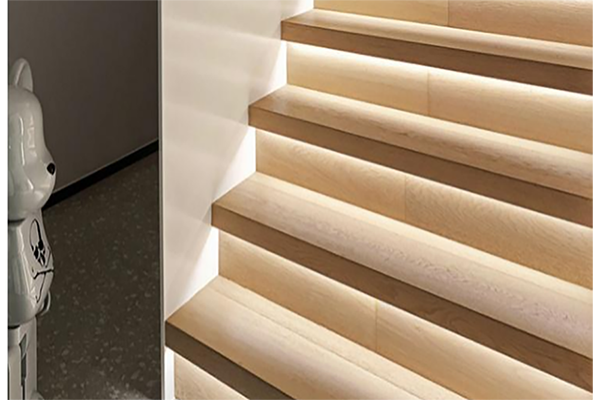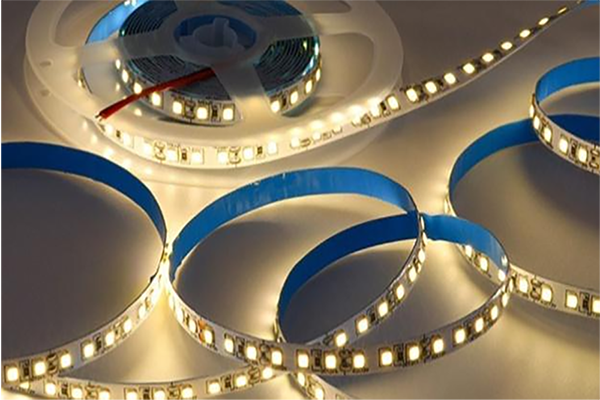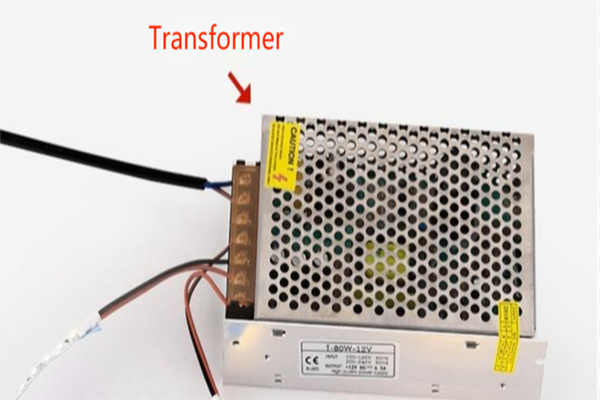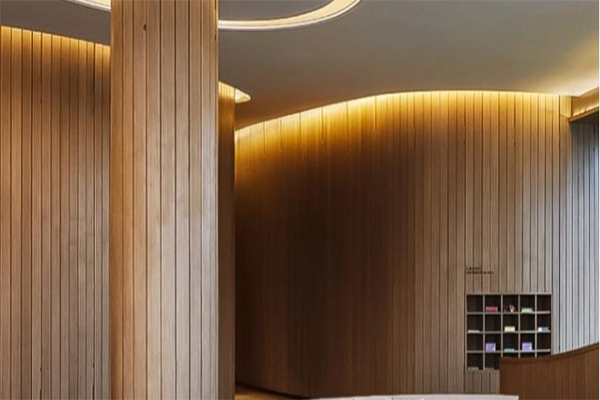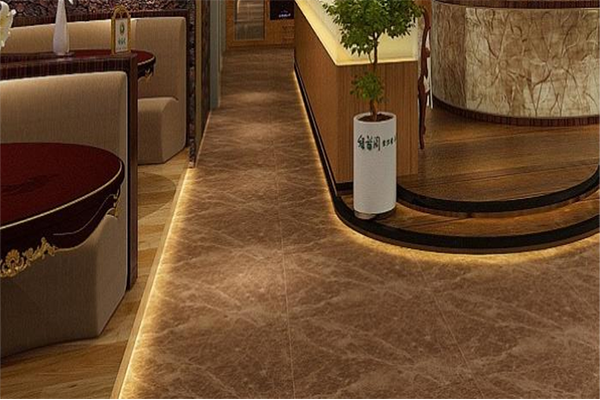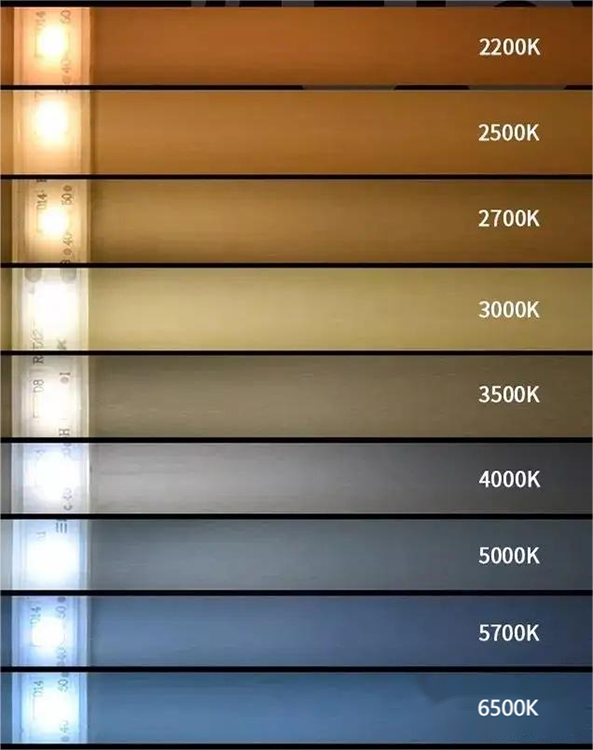LED light strips are usually composed of a substrate (flexible or hard bottom), light beads, and other accessories. The core part is LED light beads. Although there are various types of light strips on the market, they can be summarized as just a few;
High voltage light strip
High voltage light strip is the most common type of light strip, usually in the form of a long bundle, ranging from 50-100 meters; Basically, they are all fully glued and can be cut by meters at will (there are now high-voltage light strips that can be cut every 100mm). With a power head and a tail cover, they can be connected to the mains and used normally.
High voltage light strip
advantage
- Cheap prices and a wide range of models, with 5050 and 2835 being as abundant as a cow’s hair;
- One power supply can last up to 50-100 meters; Equipped with a power plug, it can be directly connected for use;
- Simple composition, easy installation, favored by electricians and installers;
shortcoming
- Safety: The high-voltage LED strip operates at a voltage of 220V, which is very dangerous and poses a risk of electric shock if touched directly by people;
- Service life: Due to the high voltage, high-voltage LED strips generate much more heat per unit length than low-voltage LED strips, directly affecting the service life of high-voltage LED strips. Generally, the service life of high-voltage LED strips is within two years;
- Cutting: Whole meter cutting, some positions that require precise cutting are either too long or insufficient, resulting in uneven brightness and hidden dangers of easy burning;
- Quality: The quality varies greatly. If you are not careful, you will buy a garbage light strip, such as low brightness, uneven light emission, and flicker;
Applicable scenarios
Commonly used outdoors to outline the contours of various buildings, build large lighting groups, decorate various indoor dark troughs, and decorate residential and home beautification lights;
Commercial Hall
Outdoor staircase
Low voltage light strip
Low voltage, compared to high voltage, is generally powered by direct current, with the following voltages: 5V, 12V, 24V, 36V, 48V. It requires a transformer with constant voltage output to provide stable direct current voltage for the light strip.
The principle of LED strip is generally to string the LED beads together without using resistors, transistors or ICs, and then connect them to the main positive and negative poles. The voltage of each lamp strip is basically the same, but the total current needs to be set according to the rated current of the lamp beads, as well as the heat dissipation conditions, etc.
advantage
- High safety, most of the current LED strips have a safe voltage of 24V, suitable for household use. They can be used on ceilings, walls, cabinets, bed bottoms, etc., and are also very safe to touch directly;
- No resistance, high luminous efficiency, uniform luminescence;
- The cutting unit is small, usually 5cm per cut, which is practical and easy to cut when encountering corners;
- Long service life, high-quality LED low-voltage light strips can be used for ten years;
shortcoming
- The price is generally more expensive than that of high-voltage light strips
- The installation is slightly more complicated and requires the installation of an additional transformer. When installing at home, it is necessary to consider the hidden position of the transformer;
Low voltage light strips need to be used with transformersv
Applicable scenarios
Suitable for household use, such as ceilings, walls, cabinets, bed bottoms, etc., with a strong sense of design and the ability to enhance the atmosphere;
Wall and under cabinet
Foot foundation
According to the color temperature of the light
The general color temperature of the light strip is between 2700-6500k, and there is also an intelligent light strip that can adjust the color temperature and brightness, making it more practical;
Lamp strip color temperature
Home use options 3000K-3500K-4000K
Select color temperature according to style
- 3000K: Warm color with a hint of orange, traditional Chinese style or main light with a hint of white needs to be adjusted in color tone (preference given)
- 3500K: Warm yellow color, Japanese, New Chinese, American, French (light colored decoration)
- 4000K: Soft and moderate, minimalist, Nordic, modern, light luxury (highly compatible, both light and gray black colors are acceptable)
Select color temperature by scene
Bedroom: 3500K/4000K
Living room, dining room, balcony, hallway: 4000K Kitchen, bathroom: 4000K
It should be noted that in the same spatial scene, the color temperature difference should be as uniform as possible. If the color temperature difference is large, it will cause dizziness and discomfort;
If you have different requirements for color temperature, it is best to choose smart light strips, which can adjust color temperature and brightness. Compared with ordinary light strips, they are more practical and have more functions;
According to color rendering index
A color rendering index of 80 is sufficient, the higher the index, the better the light efficiency, and of course, the more expensive the price;
If it is used as ambient light or auxiliary lighting, 80 or above is sufficient. If it is used in important locations such as study and dining rooms, it is recommended to choose 90 or above for display;
According to scene requirements
It also depends on where the light strip is installed in your home. If it is in the bathroom, it is recommended to use silicone light strips, which are waterproof and dustproof, have high flexibility, and can be designed freely; If there are no other special requirements, the above are completely universal and without burden;
Silicone linear lamp for bathroom
Post time: Feb-19-2025




